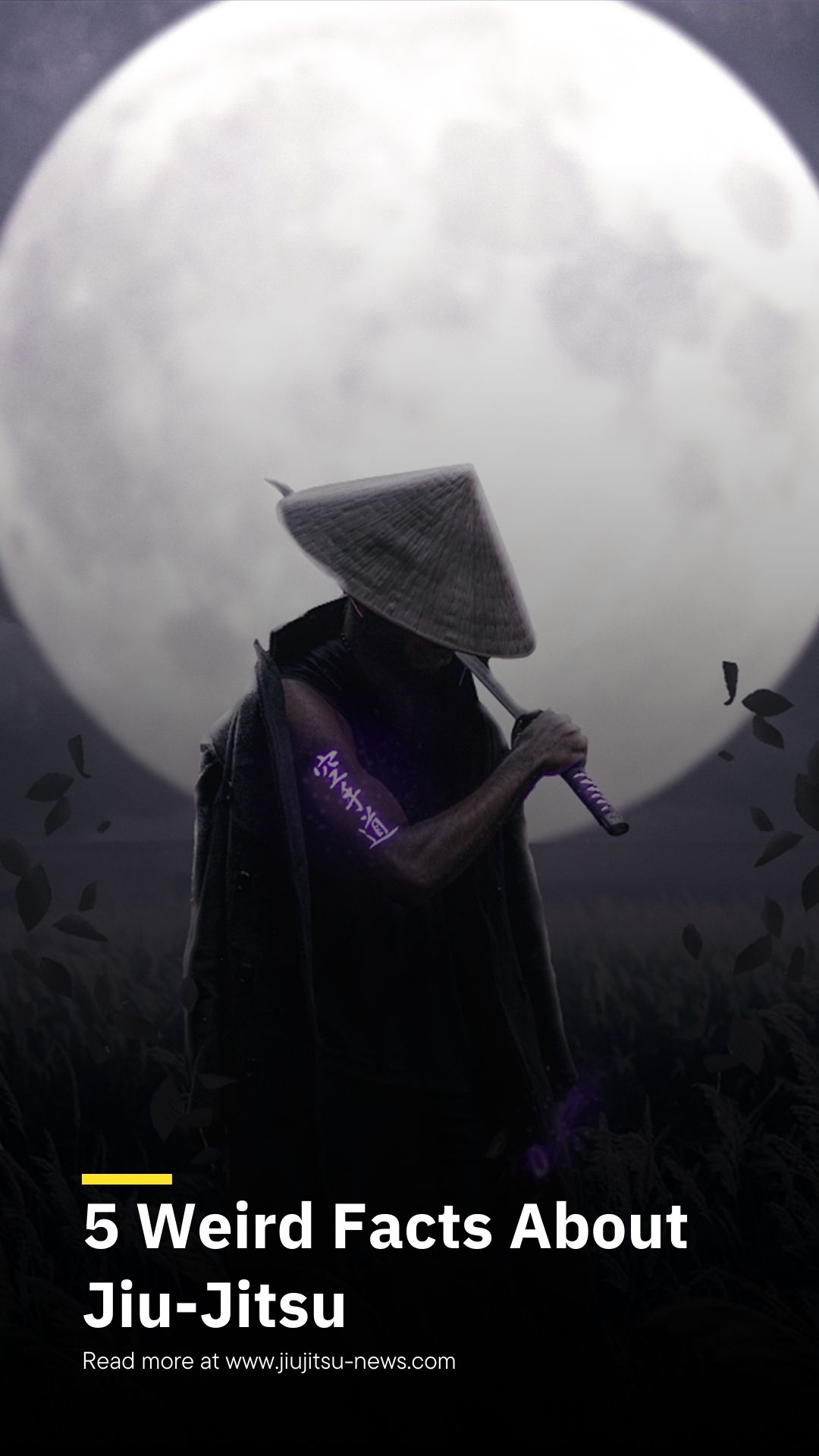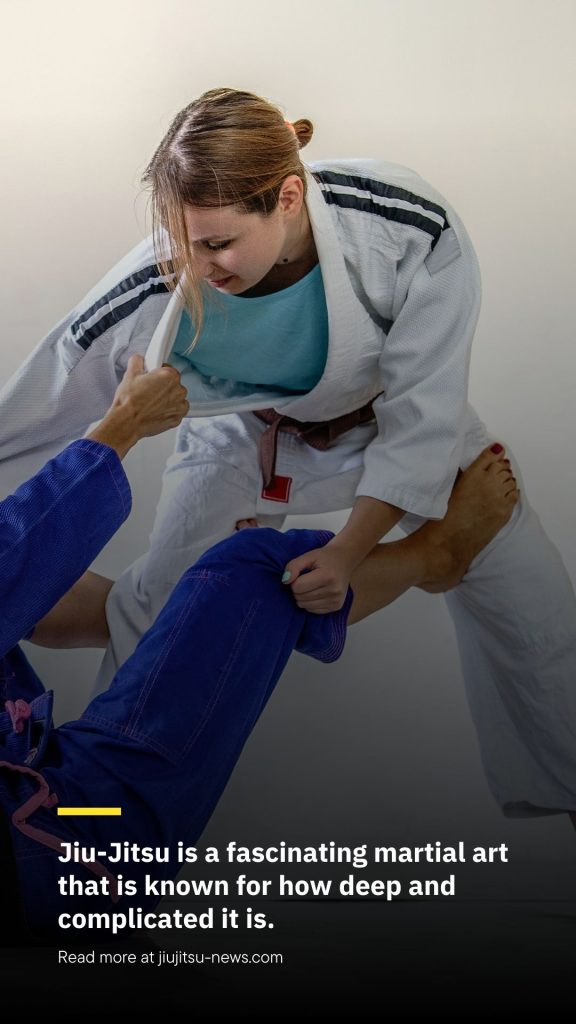
Jiu-Jitsu is a fascinating martial art that is known for how deep and complicated it is.
It has some really strange and interesting parts that go beyond the well-known throws and locks.
Let us look at the five stranger things about jiu-jitsu, which will reveal the strange and surprising.
1# The Jiu-Jitsu Samurai Connection
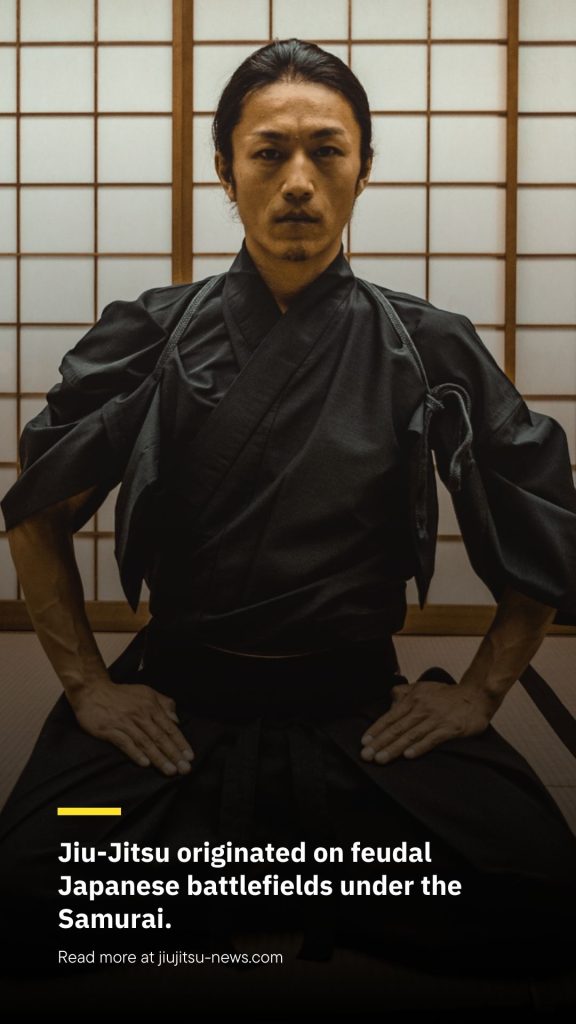
The history of Jiu-Jitsu can be traced back to the battlefields of feudal Japan, when the Samurai were in charge.
It was different from other martial arts of the time because it was not mostly about hitting or using weapons.
Instead, it focused on grappling and fighting on the ground, which did not seem like a good idea for warriors wearing heavy armor.
Because Jiu-Jitsu is so different, it helped Samurai defend themselves well when they did not have weapons or were fighting close up.
The art was a mix of necessity and strategy, with a focus on technique over raw strength. This idea is still at the heart of Jiu-Jitsu.
2# Jiu-Jitsu, The Gentle Art
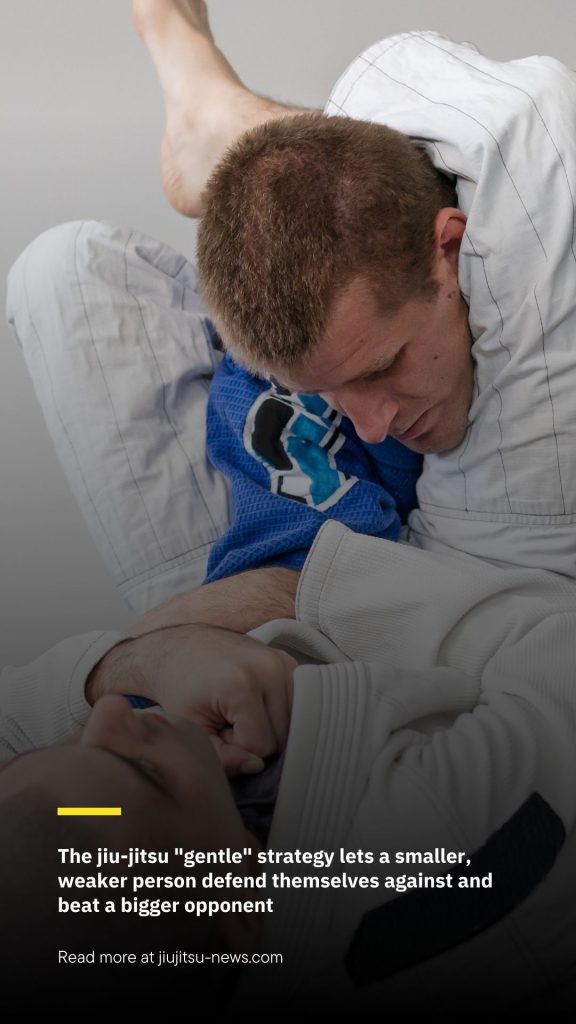
Jiu-Jitsu is sometimes called “The Gentle Art,” which is an odd name for a fighting style.
This name comes from the idea of “yielding to overcome,” which means using your opponent’s strength and speed against them.
When it comes to martial arts, this is the only way to do things. Direct force is usually emphasized.
The goal of Jiu-Jitsu is to take an attack, change its direction, and then use a counter-technique, which will usually end in a submission.
This “gentle” strategy lets a smaller, weaker person defend themselves against and beat a bigger opponent.
It is a form of martial arts that shows that brains are more important than muscles.
3# No Punches? No Problem!
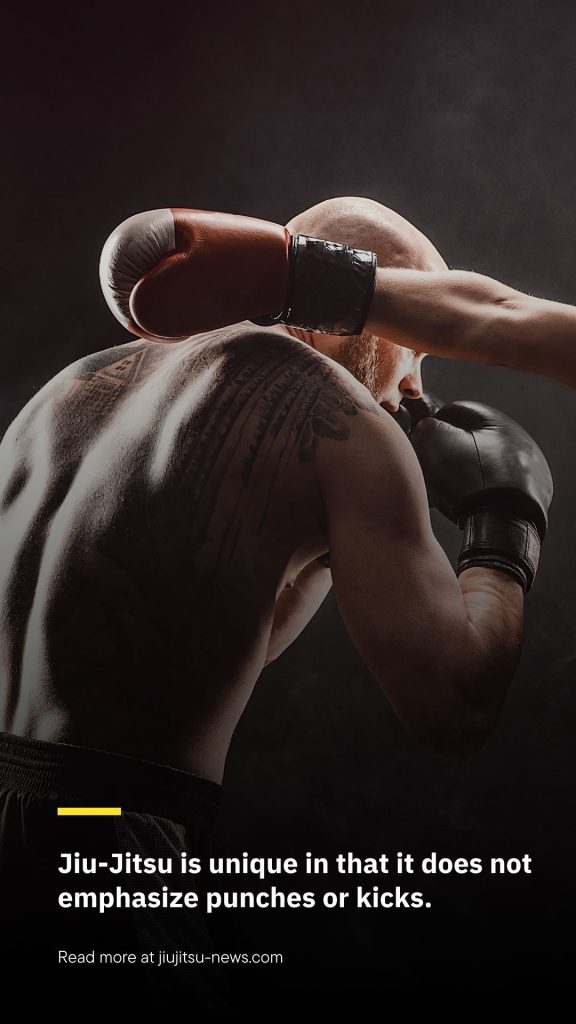
Jiu-Jitsu is very different from many other martial arts because it does not focus on striking moves like punches and kicks.
Instead, it is all about submissions, like locks, chokes, and holds that make the other person give up.
In combat sports, where the knockout punch or kick is often praised, this focus on grappling and fighting on the ground is not common.
Control, accuracy, and technique are what get you the win in Jiu-Jitsu.
This is a form of martial arts where a person can “win” a fight without ever hitting their opponent.
This is what makes Jiu-Jitsu special, and it gives people a new way to think about what it means to win a fight.
4# Pajama Warriors

One thing that makes Jiu-Jitsu stand out is the traditional GI, which to someone who does not know much about it might look like a pair of heavy-duty pajamas.
But the GI is an important part of both training and competing in Jiu-Jitsu.
The way a GI is made is not just for looks; it works too. The thick fabric and extra-strong stitching are made to stand up to the rough pulling and gripping that are part of Jiu-Jitsu.
Practitioners learn how to make the GI work for them by using it for control moves, chokes, and grips.
Having to wear a certain piece of clothing is unusual in martial arts, and it makes Jiu-Jitsu more difficult and strategic.
5# Jiu-Jitsu Royal Influence in Brazil

The story of Jiu-Jitsu’s journey to Brazil includes kings and queens. Brazilians became more interested in the art in part because of Gastão Gracie, a famous and powerful person who helped a visiting Japanese Jiu-Jitsu master open a school.
The Gracie family became very involved in the art because of this work, which eventually led to the creation of Brazilian Jiu-Jitsu (BJJ).
BJJ is a unique development of traditional Jiu-Jitsu. It focuses more on fighting on the ground and submitting opponents. Jiu-Jitsu’s popularity and growth in Brazil show that the art is adaptable and appealing to everyone, making it a martial art that goes beyond borders and spans the world.
Wrapping Up
Because it comes from the Samurai, Jiu-Jitsu has a gentle philosophy.
It is a martial art that focuses on grappling, has its own clothes, and is linked to the royal family of Brazil.

